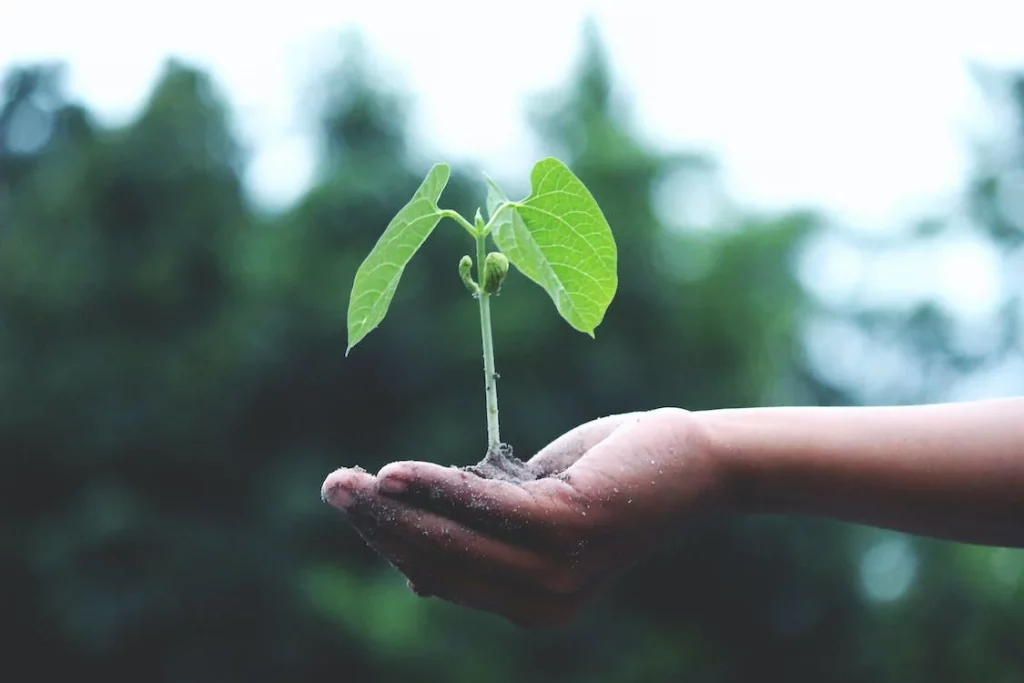How to Start a Sustainable Garden



How to Start a Sustainable Garden: A Comprehensive Guide
Introduction
Sustainable gardening is not just a passing trend; it’s a responsible and environmentally conscious way to connect with nature, reduce your ecological footprint, and create a garden that thrives while prioritizing the health of the planet. Whether you’re a seasoned gardener looking to transition to more sustainable practices or a complete novice eager to start gardening the right way from the beginning, this comprehensive guide is here to walk you through the essential steps of starting and maintaining your own sustainable garden.
Why Choose Sustainable Gardening?
Before we dive into the nitty-gritty of creating a sustainable garden, it’s crucial to understand why this approach is worth adopting.
1. Environmental Benefits
Sustainable gardening is all about minimizing harm to the environment and promoting its well-being. Here’s why it’s a great choice:
Reduction of Harmful Chemicals: Sustainable gardening reduces the use of harmful pesticides and synthetic fertilizers, which can pollute soil and water.
Conservation of Water: By implementing water-efficient practices, such as mulching and rainwater harvesting, you can significantly reduce water wastage.
Supporting Biodiversity: Sustainable gardens tend to attract a variety of beneficial insects, birds, and other wildlife, contributing to local biodiversity.
Soil Health: Sustainable gardening practices prioritize soil health, which is crucial for growing healthy plants and sequestering carbon.
Getting Started
1. Choose the Right Location
Selecting the optimal location for your garden is the first step toward sustainability. Consider these factors:
Sunlight: Ensure your garden receives adequate sunlight, as different plants have varying sunlight requirements.
Soil Quality: Test your soil’s pH and fertility. Sustainable gardening starts with healthy soil, so you may need to amend it with organic matter.
Proximity to Resources: Place your garden in proximity to resources like rain barrels for efficient water collection and composting bins for recycling organic matter.
2. Plan Your Garden
3. Choose Sustainable Plants
Selecting the right plants is fundamental to a sustainable garden. Opt for native or drought-tolerant species that are well-suited to your region. These plants typically require less water and fewer pesticides.
Building a Sustainable Garden
1. Composting
Composting is a cornerstone of sustainability in gardening. It’s a natural process that transforms organic waste into nutrient-rich compost, which can be used to enrich your soil. Start a compost pile or bin in your garden to recycle kitchen scraps, yard waste, and more. Compost not only enhances soil fertility but also reduces the need for chemical fertilizers.
2. Rainwater Harvesting
Rainwater harvesting involves collecting and storing rainwater for garden use. By installing rain barrels or cisterns, you can capture rainwater and reduce your reliance on treated tap water. This practice not only conserves water but also minimizes the energy required for water treatment and transportation.
3. Natural Pest Control
Instead of resorting to chemical pesticides, consider natural pest control methods. Encourage beneficial insects like ladybugs and lacewings, which prey on garden pests. Additionally, companion planting—growing certain plants together to deter pests—can be an effective strategy.
Maintaining Your Sustainable Garden
1. Soil Health
Maintaining healthy soil is an ongoing process. Add compost regularly to replenish nutrients, and consider cover cropping during off-seasons to prevent soil erosion and improve its structure. Healthy soil promotes strong plant growth and enhances its ability to absorb and retain water.
2. Water Wisely
Water conservation is a central aspect of sustainable gardening. Use mulch to retain soil moisture, water in the early morning or late afternoon to reduce evaporation, and employ drip irrigation or soaker hoses for efficient watering. Collect and use rainwater whenever possible to further reduce your water consumption.
3. Integrated Pest Management
Integrated Pest Management (IPM) is an approach that focuses on minimizing pests through a combination of strategies, including regular monitoring, the use of beneficial insects, and selective pesticide use as a last resort. IPM reduces the overall environmental impact of pest control.
Benefits of a Sustainable Garden
1. Environmental Benefits
Reduced Chemical Use: Sustainable gardening minimizes the use of synthetic chemicals, promoting cleaner air and water.
Water Conservation: Efficient water management practices reduce water consumption and stress on water resources.
2. Economic Benefits
Lower Maintenance Costs: Over time, sustainable gardens typically require less maintenance and fewer inputs, saving you money on water, fertilizers, and pesticides.
Higher Property Value: A well-designed and sustainable garden can enhance the value of your property.
3. Personal Satisfaction
Connection with Nature: Sustainable gardening provides a deeper connection to the natural world and a sense of responsibility for environmental stewardship.
Health Benefits: Gardening can promote physical activity, reduce stress, and improve mental well-being.
Conclusion
By following the tips and sustainable practices outlined in this guide, you can create a garden that not only flourishes but also contributes positively to the environment. Remember that sustainability is a journey, and your garden can evolve over time as you continue to implement eco-friendly practices.
For more detailed guidance on sustainable gardening, in-depth information on specific plants, and answers to your gardening questions, visit our website. We’re dedicated to providing comprehensive answers and resources for those seeking a sustainable and eco-friendly gardening experience.







